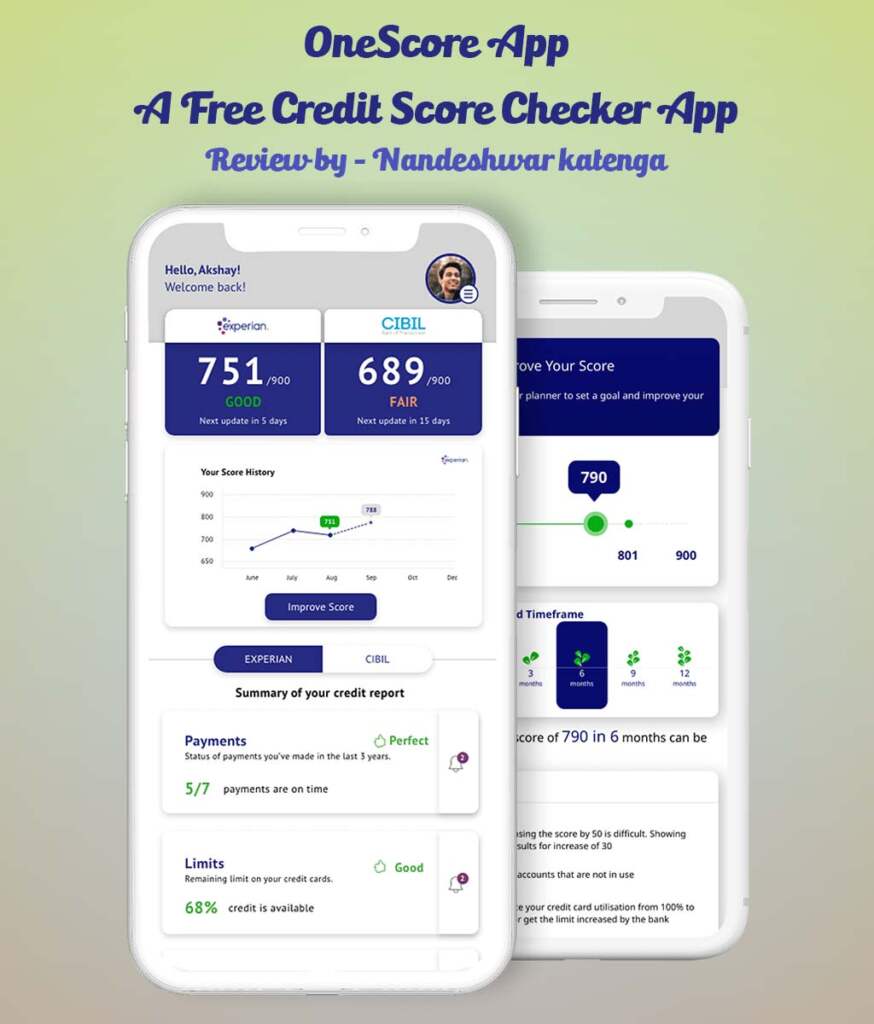How to Check the Financial Health of a Bank: A Comprehensive Guide
When it comes to entrusting your hard-earned money to a bank, ensuring its financial health is of utmost importance. While regulatory bodies oversee banks, it is essential for individuals to evaluate their financial stability independently. By understanding how to check the financial health of a bank, you can make informed decisions about where to deposit your funds. In this article, we will provide a comprehensive guide on assessing a bank’s financial health through various key factors and indicators.
1) Capital Adequacy
The first step in checking a bank’s financial health is examining its capital adequacy. The Capital Adequacy Ratio (CAR) is a crucial indicator that compares a bank’s capital to its risk-weighted assets. Look for a higher CAR, as it suggests the bank has a sufficient buffer to absorb potential losses and ensures depositor security.
2) Asset Quality
Analyzing the bank’s asset quality provides insight into its lending practices and potential risks. Focus on the Non-Performing Assets (NPA) ratio, which represents the proportion of loans that borrowers have defaulted on. A lower NPA ratio indicates better management of credit risks and highlights the bank’s commitment to maintaining quality assets.
3) Profitability
Assessing a bank’s profitability is essential to gauge its financial strength. Look at the Net Interest Margin (NIM), which measures the profitability of the bank’s lending activities. A higher NIM signifies that the bank is generating more income from its core operations and demonstrates its ability to earn profits.
4) Efficiency
Examining a bank’s efficiency helps determine its operational strength. The Cost-to-Income Ratio (CIR) is a key metric that compares the bank’s operating expenses to its income. A lower CIR indicates effective cost management and higher operational efficiency, showcasing the bank’s ability to generate profits while keeping expenses under control.
5) Liquidity
Evaluating a bank’s liquidity is crucial for ensuring it can meet its financial obligations. The Loan-to-Deposit Ratio (LDR) compares the bank’s loans to its total deposits. A moderate LDR suggests a balanced approach to lending, ensuring the bank has enough liquidity to meet depositor demands and honor withdrawal requests.
6) Return on Assets
The Return on Assets (ROA) ratio measures how efficiently a bank utilizes its assets to generate profits. It calculates the net income earned as a percentage of total assets. A higher ROA indicates that the bank is effectively utilizing its assets and generating returns for its stakeholders.
7) Diversification
Assessing a bank’s diversification of income sources is vital for stability. Look at the Net Interest Income to Operating Income (NII/OI) ratio, which measures the bank’s reliance on net interest income for its overall operating income. A balanced mix of income sources indicates a more diversified revenue stream, reducing the bank’s dependency on a single income stream.
8) Risk Management
Evaluating a bank’s risk management practices is crucial for understanding its resilience. The Provision Coverage Ratio (PCR) compares the provisions made for bad loans to the bank’s non-performing assets. A higher PCR indicates that the bank has set aside sufficient funds to cover potential loan losses, ensuring it is well-prepared for adverse scenarios.
Conclusion
Checking the financial health of a bank is an essential step in safeguarding your money and making informed financial decisions. By considering key indicators such as capital adequacy, asset quality, profitability, efficiency, liquidity, return on assets, diversification, and risk management, you can gain valuable insights into a bank’s financial strength and stability. Always remember to conduct thorough research, seek professional advice, and consider multiple factors before choosing a bank to entrust your funds. Your financial security depends on making well-informed choices.


